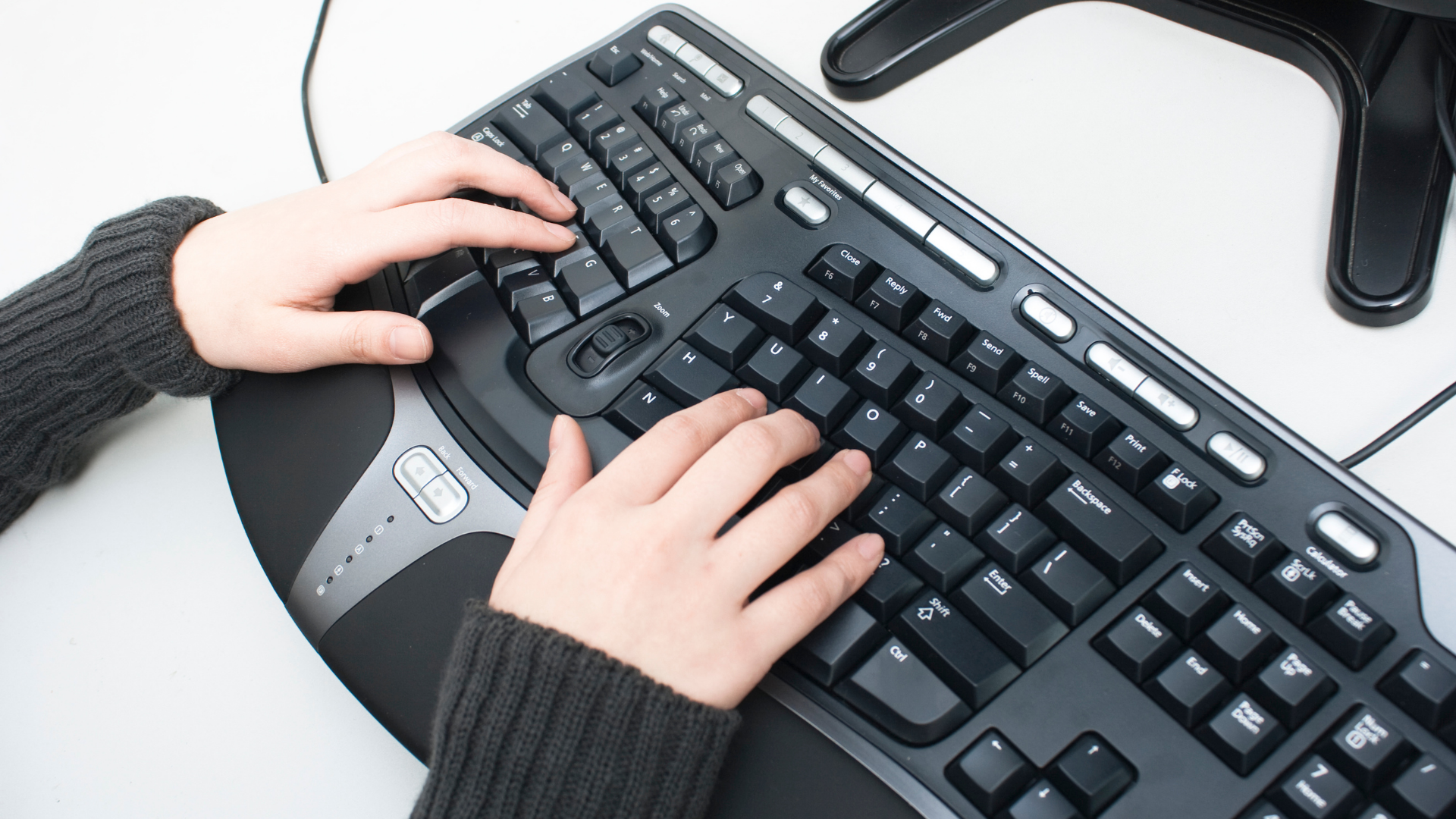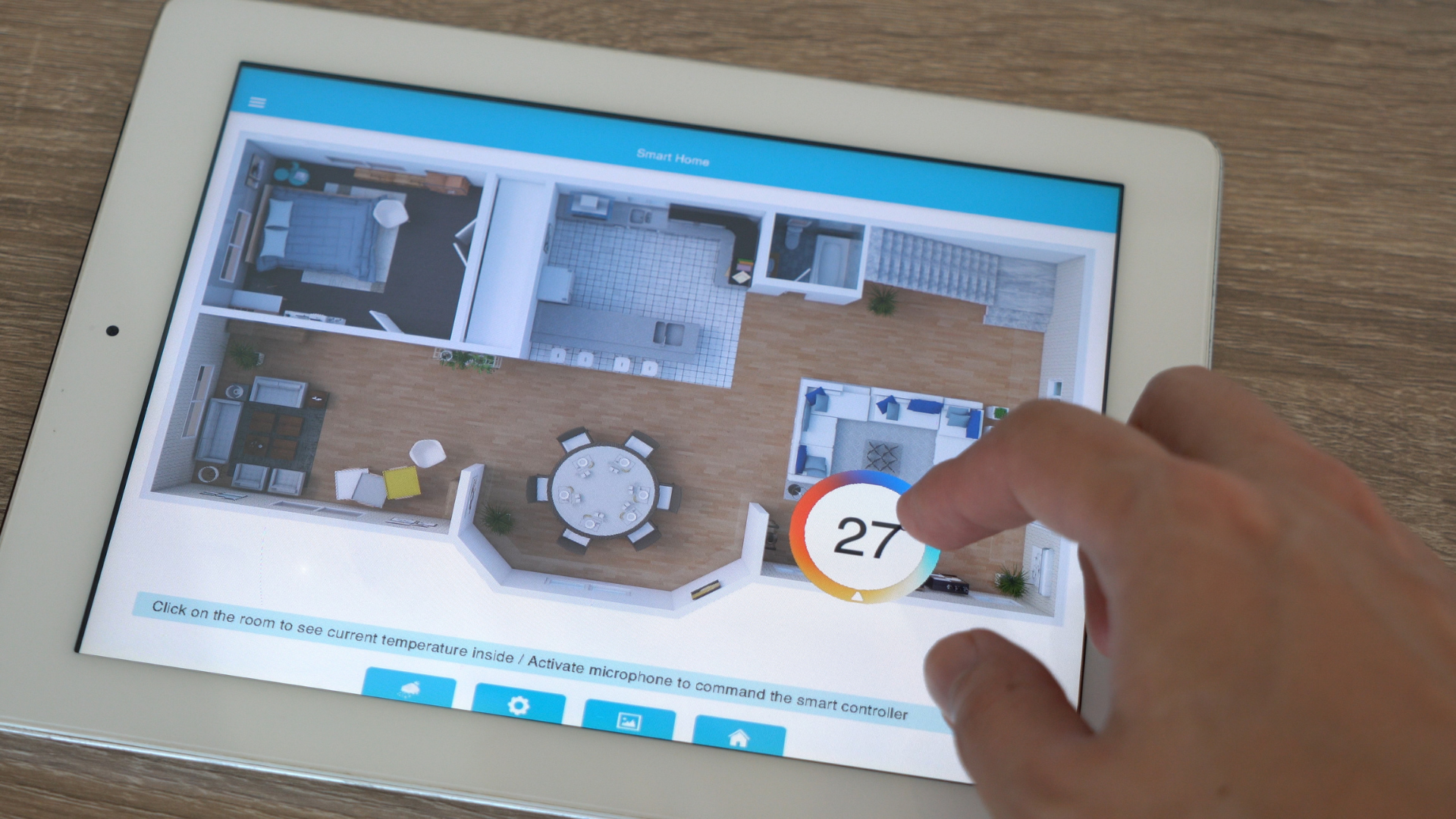There are a lot of different types of keyboards on the market, and it can be difficult to know what to buy. Keyboard users don’t have any major issues with their keyboards, so they aren’t thinking about a new one. But, when you do need a replacement, you need to make sure that you are getting one that will fit your needs and work with the applications you use. Read more to know how to choose ergonomic keyboards.
Tips for Choosing the Best Keyboards
Choosing the right ergonomic keyboard can be a daunting task. One of the most common complaints about keyboards is that they are too small. If you own a laptop, tablet, or desktop, chances are you have to type on a keyboard that is too small for your hands. The problem is keyboards are designed to be as compact as possible, and therefore, may not be ideal for users with larger hands. If you’re tired of typing on a keyboard that is too small, there are a variety of options you can try out. One approach to this is to buy an ergonomic keyboard. These keyboards have been designed to assist users when they’re typing and allow them to push the keys with reduced effort and strain.
How easy is it to find an ergonomic keyboard? It can be a daunting task for you, but no worries.
Here are a few things to think about as you pick the best keyboard for you:
- Keyboard design – It’s not just the keyboard that’s important with a keyboard, but the overall design of the keyboard too. The ergonomic keyboard is a fantastic and efficient way to improve your typing speed, but choosing the right keyboard is important too. You want a “keyboard that fits” and provides you with the best typing experience possible. The keyboard should be as close to the natural position of your legs and arms as possible, with your arms fully supported by the keyboard and your wrists in a neutral position. The keyboard should also remain in this position, whether or not you have it in your lap or resting on your thighs. Some of the keys should touch your fingers, while others should remain at arm’s length when typing.
- Technology – When it comes to keyboards, ergonomic keyboards are one of the best ways to increase productivity and accuracy. They are great for typing but are equally as beneficial for people who use their computers for other activities, such as gaming or designing. Ergonomic keyboards are a great investment if you use your computer for more than just typing.
- Switch types – Half of your keyboard is a matter of personal preference, but the other half is what matters. Which key switches you choose greatly determines how comfortable you’ll feel later on. If your work involves a lot of typing or wordsmithing, it may be a good idea to find a keyboard with linear switches as it could help remove the clicky noise and make the typing feel more comfortable. The keys feel more “weighty” and give your fingers a more satisfying response. Mechanical keyboards are also more durable, so they make excellent office keyboards.
- Wrist support – Choosing the right keyboard can be a pain, as there are many types of keyboards out there, and not all are made equally. Many keyboards are made with poor ergonomics, resulting in pain for the keyboard user. While some keyboards are designed to make typing more comfortable, they may not be the most efficient when it comes to keeping your wrists in a healthy position. If you want to avoid wrist issues, we recommend looking for a keyboard with a large wrist-rest and stable keys. Since many keyboards come with wrist-rests as standard, it can be difficult to find a keyboard with a wrist-rest that is not included. There are a few good ergonomic keyboards on the market with wrist-rests, but the market is still young, so it is worth looking around to find one that fits your needs.
- Tilt and adjustability – Tilt and adjustment are two of the keys to a comfortable, long-term working experience on a keyboard. Adjusting a keyboard is universal, whether you use a compact, lightweight model or a full-sized keyboard. Naturally, the keyboard’s tilt angle is an important factor, as is the type and size of the keys (in terms of grip area and travel distance).
The key to using an ergonomic keyboard is using the proper finger placement, pressing the correct buttons, and being properly aligned at all times. Also, here are some things to look out for when shopping for an ergonomic keyboard: Look for ergonomic keyboards with a thumb-spacing between 0.75 and 1.0 inches.





